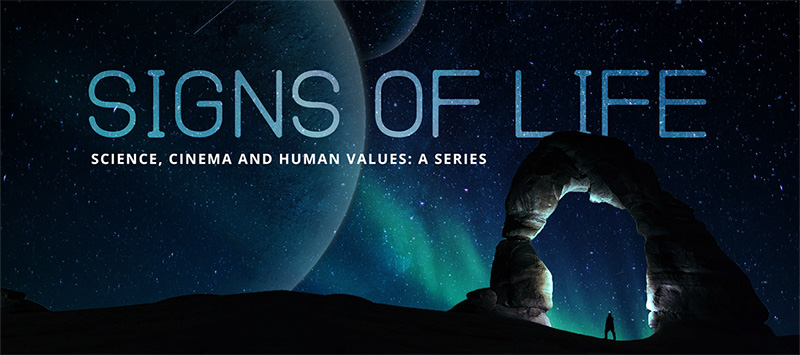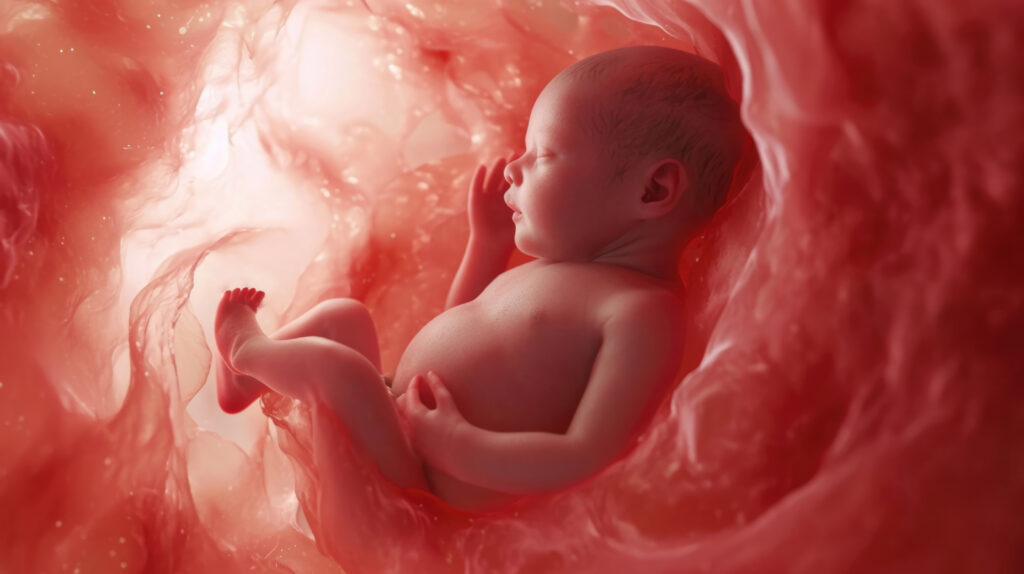Written Testimony of Sheila Page, D.O., in Support of Texas Bill to Prohibit Dismemberment Abortions
On Wednesday, February 15, 2017, the Texas Committee of Health and Human Services held a hearing regarding Texas Senate Bill 415 (SB 415). SB 415 prohibits dismemberment abortions, in which a person, with the purpose of causing the death of an unborn child, dismembers the unborn child and extracts the unborn child one piece at a time from the uterus. Charlotte Lozier Institute Associate Scholar Sheila Page, D.O., submitted the following written testimony in support of SB 415.
To view Page’s testimony in PDF format, please see “Written Testimony of Sheila Page, D.O., in Support of Texas Bill to Prohibit Dismemberment Abortions.”
Written Testimony of Sheila Page, D.O., in Support of Texas S.B. 415
Associate Scholar, Charlotte Lozier Institute
Texas Senate Health and Human Services Committee
February 15, 2017
The Neuroanatomy and Physiology of Pain Perception in the Developing Human
Senator Charles Schwertner, Chair:
My hope in this testimony is to illustrate for you the very advanced state of development that the human fetus is in after eight weeks. While science can never tell us that it is wrong to take someone’s life, I hope to give you information you need to make a judgement on dismemberment as a manner of death for the pre-born baby.
The biodynamics of development even prior to eight weeks involve a flurry of motion and a fascinating interplay of forces acting on the developing human. By studying the biokinetics of the human fetus, it becomes very clear that a tiny person with an elegantly developed nervous system is present by eight weeks. Over the next few weeks, these babies will be responding to sounds and pressures around them and developing very coordinated behaviors. All sensory receptors are denser in a baby than in an older child. They are very sensitive to their environment and they are able to feel pain.
A few important concepts will help clarify this.
- Pain perception, as well as consciousness, is a function of the lower brain centers. The cortex elaborates consciousness, but is not the seat of it.
- There are two definitions of pain, a subjective, psychological one, and an objective basic science definition. The basic science definition states that pain is a defense mechanism for the body that is directly correlated to tissue damage. It causes the individual to move away from a painful stimulus. Repeated studies have shown that people feel pain at precisely the time that cell damage occurs.
- Almost all pain fibers terminate in the lower brain centers, (the reticular activating system and the thalamus). Type C fibers, responsible for burning pain, terminate almost exclusively in the reticular formation. A very small percentage of Type A fibers will connect in the thalamus to neurons that travel to the cortex for the purpose of localizing pain.
- The beginning of the nervous system implies the beginning of function. The idea that the function of the nervous system is added at some time after the development of its shape and structure is inconsistent with the observable order of development of all the other organ systems in the human. The internal organs and the nervous system are functional at the beginning of their formation.
- The fundamental unit of pain, the peripheral nerves, spinal cord, and reticular activating system, is completed as a unit between seven and eight weeks. By 10 weeks, the motion of breathing begins and continues until birth, shaping and developing the respiratory system. The nervous system and the other organ systems are highly developed and functional.
- It is important to realize that human development is not a series of switches being turned on or an assembly of pieces. It is a dynamic continuum of differentiation and movement.
- If we let the embryo itself present the evidence, we would see a remarkable symphony of movement of metabolic fields and gradients, fluid movement, cell differentiation and division. Cell lines are stretched, pulled, or compressed in a continual shaping process involving fluid pressures and growth differentials. Blood vessels are pulled structures, and nerves are drawn into the limbs like clay in a potter’s hands. The branching vessels and nerves becomes the framework of the bones.
- The function of the cells shapes the structure. One area in which this is visible is in the development of the kidney, in which clusters of cells begin to secrete fluid, which pools in the middle of the cells, and the cells begin to move away from the center to form a lumen. The lymph nodes form in places where there is a bend in the fetus and lymph fluid is congested.
- The hands, as they are developing before 10 weeks, begin to bend and move in response to differentials between the rate of growth of the skeletal components and fascial components. As the skeletal parts of the fingers out-pace the palmar fascia, the fingers bend forward, then straighten again as the palmar fascia lengthens and the dorsal elements begin to pull. A fluid line forms along the line of motion that provides direction for the formation of the ligaments. The shaping of the joints follows as this motion continues.
- All of the activity that we are able to observe, hand gestures and behaviors such as thumb-sucking, facial expressions like smiling and grimacing, all begin as awkward movements, but are rehearsed and become more elegant and coordinated over time. It is this movement that shapes the growing brain, not the brain directing the motion.
- We may be incapable of relating to the humanity of the little babies developing in their mother’s wombs, and incapable of comprehending the potential they have for suffering, but denying the humanity of the pre-born child cripples our understanding of ourselves and our own formation.[1]
[1] For references on these concepts, see Page S, DO. “The neuroanatomy and physiology of pain perception in the developing human,” Issues in Law and Medicine, Fall 2015. See also “The Textbook of Medical Physiology,” Guyton 1986, 2010. See also Blechschmidt E, MD, Gasser RF, PhD. “Biokinetics and Biodynamics of Human Differentiation,” 1978, 2012.


























